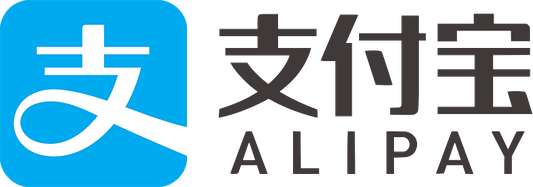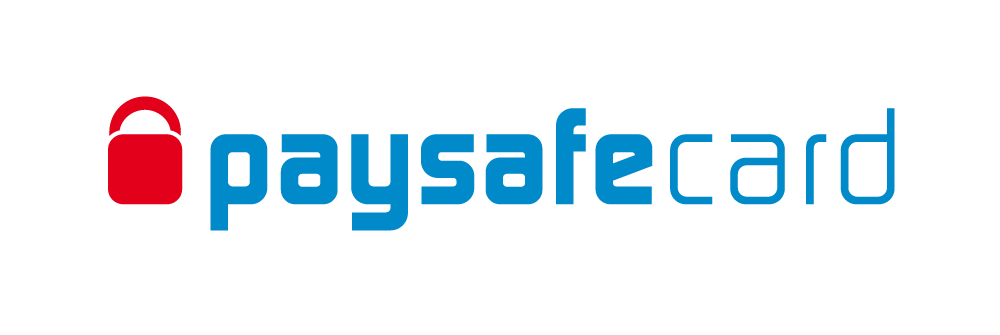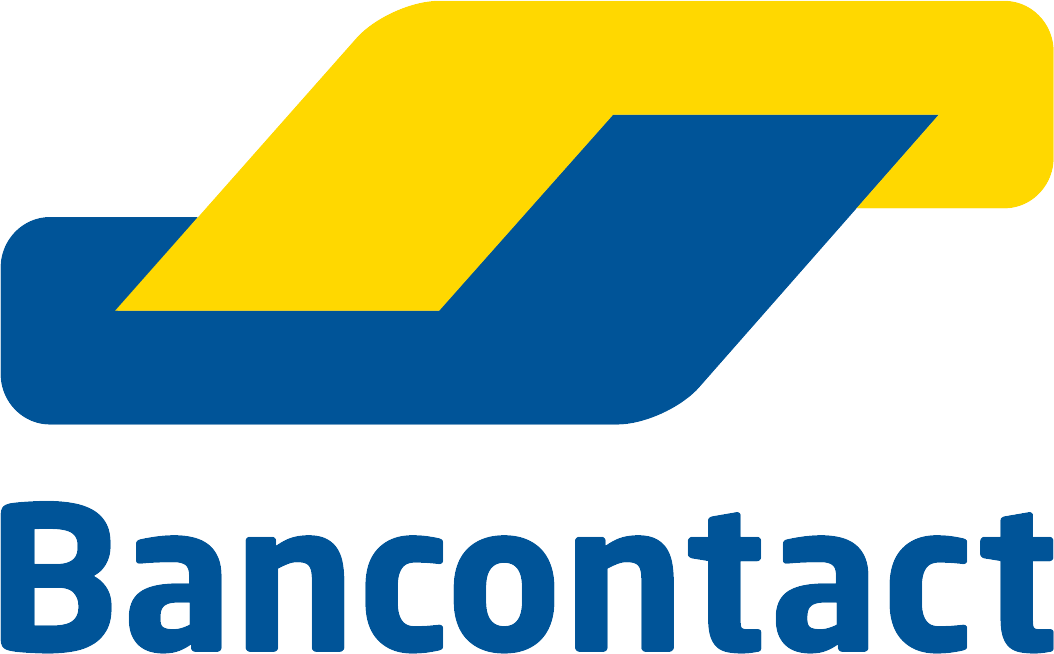
We help businesses accept payments online.
Every abandoned cart represents lost revenue. Imagine visiting an online store with every intention to make a purchase, only to encounter slow site performance, limited payment options, or concerns about the store’s security. These issues are just a few of the factors that drive customers to abandon their carts. As a consequence, one lost customer is a potential new customer for your competitors.
In Japan, around 63% of online shoppers abandon their carts before reaching checkout. Moreover, Q2 2024 data suggest that two in every three desktop shopping baskets remain uncompleted. Globally, research from the Baymard Institute also indicates an average abandonment rate of roughly 70%. Given these insights, what can you implement to encourage customers to complete their checkout journey?
Thankfully, the solution can be as simple as optimizing the shopping experience, offering localized payment options, and eliminating common mistakes that make customers second-guess their purchases.
Let’s delve deeper into cart abandonment and consider the strategies to address it.
Why Do Shoppers Abandon Their Carts at Checkout?

Online shoppers often abandon at checkout when they encounter frustrating hurdles that break their purchasing journey. Recognizing these issues is crucial for reclaiming lost sales and keeping customers happy and coming back.
The Baymard Institute lists 10 reasons why people often abandon their cart (based on a survey with 1,012 responses):
- Extra costs too high (shipping, tax, fees): 48%
- The site wanted me to create an account: 26%
- I didn’t trust the site with my credit card: 25%
- Delivery was too slow: 23%
- Too long/complicated checkout process: 22%
- I couldn’t see/calculate total order cost up-front: 21%
- The returns policy wasn’t satisfactory: 18%
- Website had errors/crashed: 17%
- There weren’t enough payment methods: 13%
- The credit card was declined: 9%
Let’s look into some of the reasons why shoppers abandon their carts.
Lack of Trust
Imagine arriving at a checkout page that lacks any recognizable security cues. Instead of seeing familiar icons—even logos from trusted security providers—the page features generic graphics and outdated design elements.
The URL does not prominently display “https”—a key indicator of website security—and there is no mention of encryption or data protection measures. As a result, potential customers may quickly lose confidence and leave the site.
Vague error messages like “Payment Failed” without any explanation—whether it’s a card issue or a technical glitch—leave customers confused and frustrated. Add in an inconsistent design with clashing fonts, off-colors, and no trust badges or testimonials, and shoppers will instinctively doubt your site’s security, abandoning their carts in the process.
When customers aren’t confident that their payment information is secure, they’re quick to exit the checkout process. To build trust, clearly display security badges, use trusted payment gateways, and provide transparent privacy policies that reassure customers their data is safe.
Limited Payment Options
Offering only a narrow range of payment methods can force potential buyers to look elsewhere—especially in competitive markets like Japan. Surveys reveal that around 41% of male and 35.9% of female shoppers in Japan would switch to a competitor if their preferred payment option isn’t available.
In Japan, shoppers favor a mix of traditional and digital payment options. Some of the most popular methods include:
- Credit Cards
- Convenience Store Payments(Konbini Payments)
- Digital Wallets and Mobile Payments
- Buy Now Pay Later (BNPL)
- Bank Transfers
Unexpected Costs (Hidden Fees, Currency Conversion)
Unexpected costs—like hidden fees or sudden currency conversion charges—can quickly kill a sale. For example, a steep shipping fee appearing at checkout may catch customers off guard, leading them to abandon the cart at checkout.
This is true for Japanese shoppers, who enjoy affordable domestic shipping through trusted services like Japan Post. But international shipping can quickly rack up extra costs, especially for larger items with hefty tariffs. Be upfront about every fee and display price in your customers’ local currency to build trust and keep the sale on track.
Transaction Failures
Users in Japan expect a speedy checkout, whether on mobile or desktop. Technical issues during checkout, such as integration errors or glitches in the payment process, can leave customers frustrated and skeptical about your site’s reliability.
Even a small hiccup can cause a failed transaction, prompting shoppers to abandon their carts and potentially never return. Ensuring robust payment integrations, regular testing across devices, and prompt customer support can help mitigate these issues.
Slow or Complicated Checkout Experience
A sluggish or overly complex checkout process is a major turnoff for busy shoppers. To keep the process quick and user-friendly, simplify it with a clean, intuitive design, minimize the number of form fields, and optimize your checkout for mobile devices.
According to RetailAsia, clunky login and sign-up processes are a significant turnoff for Asia Pacific shoppers, with about 80% of consumers abandoning their carts due to long and frustrating authentication steps.
Many users report that signing up can take between one and five minutes, while even the login process can drag on for over a minute. Nearly 90% of businesses in the region admit that these cumbersome processes are a key factor in lost sales.
10 Ways to Reduce Shopping Cart Abandonment
1. Offer a Variety of Payment Options
One of the most frustrating things for customers is realizing that the payment method they want to use isn’t available. It’s like getting to the counter at your local store and realizing they don’t accept your credit card. Japanese shoppers are no different; they like options.
Whether it’s credit cards, mobile wallets like PayPay, or even convenience store payments, they want flexibility. Older demographics in Japan often prefer cash-based methods for security, while younger, tech-savvy consumers lean toward modern options like mobile payments. Even younger shoppers may rely on prepaid cards as their primary payment method. You’re missing out on sales if your site only accepts a few standard methods.
Consider a payment service provider like KOMOJU to integrate several local options all at once. That way, you’ll capture every sale without forcing your customers to jump through hoops.
2. Reduce Payment Failures
When customers spend time selecting products and filling their carts, a payment failure at checkout is especially frustrating. They’ve already invested time and effort into finding what they want, and just when they’re ready to complete the purchase, something prevents them from finalizing it.
Moreover, if your store isn’t particularly well known, the customer has already taken a leap of faith to trust your site. A payment failure at this stage can completely undermine that trust, leaving them questioning whether it’s safe or reliable to shop with you.
Whether it’s a payment gateway issue, a typo, or a declined transaction, the result is the same: a lost sale. Without clear guidance on how to resolve the issue, the customer may leave your site, even if they still intend to make the purchase.
3. Display Prices in Local Currencies
Japanese consumers are skeptical about pricing when they’re unsure about exchange rates. The weak yen has struggled to boost Japan’s economy, leaving consumers price-sensitive.
This sense of uncertainty extends to online shopping. When Japanese shoppers see prices in foreign currencies, they often hesitate, unsure of how exchange rates will affect the cost. This contributes to low consumer confidence, making them more likely to abandon their cart.
The solution? Displaying prices in yen or offering automatic currency conversion removes the guesswork, creating a clearer, more confident shopping experience that encourages completion.
4. Be Transparent About Costs
One of the biggest troubles shoppers face is discovering hidden shipping costs, taxes, or handling fees only when they’re about to pay. According to Coresight Research, unexpected costs were the leading reason consumers abandoned online shopping carts in 2022. More recent data suggests that 55% of abandoned carts happen due to unexpected costs.
If you’re not transparent about the total cost upfront, customers are likely to get frustrated and leave.
The key here is transparency. Show all the costs, including taxes and shipping, right at the beginning of the checkout process. No surprises. This will help build trust with your customers and reduce the chances of abandoning their carts.
5. Optimize the Checkout Experience
A lengthy checkout process deters consumers, especially in Japan, where efficiency is highly valued. Shoppers expect a seamless, near-instant process; any brief pause can lead to frustration and increased cart abandonment. Think of your checkout as a race—every extra step or unnecessary field is a hurdle that slows the process.
Instead, reduce the number of steps to complete the purchase. Consider offering a guest checkout for first-time customers who don’t want to sign up for an account. Even simple quality-of-life tools like autofill for address and payment forms save time and will make a world of difference—especially if your competitors don’t offer these tools. Keep it quick, clean, and simple.
6. Offer Incentives at Checkout
When shoppers reach the checkout, consider a standout offer to secure the sale. If they’re hesitating, it could be because they don’t feel like they’re getting enough value. That’s where discounts, free shipping, or cashback come in handy. A small nudge can make all the difference.
In Japan, offering discounts tied to specific payment methods works really well. For example, “Save 10% when paying with Rakuten Pay” or “Free shipping on orders over ¥4,000” can be a nice incentive. You can also throw in time-sensitive offers like:
“Complete your purchase in the next 10 minutes and get free shipping.”
Creating that little bit of urgency can push them to take action. By offering such offers, especially with payment methods that offer extra perks like points, you’re improving the whole shopping experience while giving shoppers exactly what they’re hoping for.
7. Build Trust with Secure Payment Processing
Credit card fraud is a major concern in Japan, with the Japan Consumer Credit Association (JCA) reporting ¥54.1 billion in fraud from January to December 2023. According to The Baymard Institute, trust issues contribute to 17% of cart abandonment. If your site lacks SSL encryption, looks outdated, or uses unfamiliar payment methods, that could be a problem for potential customers.
Build trust with strong SSL encryption and display security badges like Verified by Visa or PayPal Secure on your checkout pages. Offering well-known, trusted payment options like PayPay, PayPal, or Alipay also reassures customers that their information is safe. Don’t forget to highlight your refund policies and buyer protection to give your customers peace of mind.
8. Use Retargeting to Recover Abandoned Carts
When customers leave their carts behind, not all is lost. Sometimes, they just need a little reminder to finish what they started.
One of the best ways to bring them back is with automated abandoned cart emails. Even better, they can be rewarded with special offers. For example:
“Finish your purchase in the next 30 minutes and get 10% off.”
Dynamic retargeting complements this strategy by showing personalized ads to remind users of the exact items they left behind. It keeps your brand visible while targeting users who’ve already shown interest, making them more likely to return and complete the purchase.
9. Optimize for Mobile Payments
With mobile shopping on the rise in Japan, making the mobile experience user-friendly is no longer optional—it’s necessary. In fact, mobile commerce now makes up over half of the online merchandise sales in Japan. If your mobile checkout process is clunky, with tiny text fields or slow-loading pages, you’re likely pushing potential customers away.
Optimizing your checkout for mobile users is simple: use mobile-friendly payment options like Apple Pay, Google Pay, and popular digital wallets. Enable one-click checkout for returning customers, and make sure your mobile pages load fast and are easy to navigate. A smooth mobile experience will reduce friction and boost conversions, as users are more likely to complete their purchases when everything is fast and convenient.
10. A/B Test Your Checkout Process
Lastly, you might believe your checkout process is perfect, but how do you know for sure? Small changes—like tweaking the payment method options or changing up your incentives—can have a huge impact on conversion rates.
A/B testing is the best way to determine what works. It involves creating two versions of something, like a webpage or ad, and testing them to see which one performs better. This helps you make decisions based on real user behavior rather than guesswork and optimize for better results.
Test everything from checkout page layouts to form fields and analyze which variations drive the most conversions. Track where users drop off and focus on optimizing those areas.
How KOMOJU Helps Reduce Cart Abandonment
If you’re overwhelmed by the complexities of launching an online store in Japan or want to eliminate the burdensome task of managing multiple payment methods so you can focus on growing your business, KOMOJU can be your best tool.
KOMOJU is a well-known and trusted Japanese payment service provider (PSP). You can expect to benefit from a fast, reliable, and transparent payment process. Further, KOMOJU incorporates smart routing, which can reroute transactions among multiple acquirers if a payment fails. This feature improves fraud detection in critical markets.
The KOMOJU platform easily integrates with your store, automatically converts prices to Japanese yen, and offers a comprehensive suite of local payment methods, including credit cards, mobile payments, digital wallets (such as PayPay), BNPL options, and bank transfers. This localized approach builds consumer trust and minimizes connection errors.
It is fully compliant with the latest version of PCI DSS v4.0, the global standard for credit card security, ensuring that all transactions are processed securely. KOMOJU also holds several security and privacy certifications, including Privacy Mark and ISMS/ISO27001 certifications, ensuring that your customer’s data is handled with the highest standards of privacy and security. With ICMS-PCI0234 and PCI DSS certifications, KOMOJU provides world-class security to reduce fraud-related abandonment and instill trust in your customers.
Summary
Cart abandonment is a major challenge for eCommerce businesses—especially in a fast-paced market like Japan, where user expectations are high. In Japan, up to two out of three desktop shopping baskets are left behind. Why? A clunky checkout process, limited payment options, and unexpected costs are just a few reasons why customers bail at the last minute.
Thankfully, there are clear steps you can take to reduce cart abandonment:
- Offer a Variety of Payment Options: Shoppers want flexibility. KOMOJU lets you offer options like credit cards, PayPay, and convenience store payments to cater to all preferences.
- Reduce Payment Failures: KOMOJU’s failover payment routing ensures transactions go through, even if one gateway fails, so you never lose a sale.
- Display Prices in Local Currency: Show prices in yen to eliminate confusion and make the purchase process smoother for Japanese customers.
- Be Transparent About Costs: Make all costs, including shipping and taxes, clear upfront to avoid surprises and build trust.
- Optimize the Checkout Experience: Keep it simple—fewer steps, guest checkout, and autofill to speed up the process and improve conversions.
- Offer Incentives at Checkout: Encourage customers to complete their purchases with discounts, free shipping, or time-sensitive offers.
- Build Trust with Secure Payment Processing: KOMOJU’s PCI DSS-compliant platform will ensure your customers’ safety when completing their transactions.
- Use Retargeting to Recover Abandoned Carts: Bring customers back with personalized emails or dynamic ads showing the items they left behind.
- Optimize for Mobile Payments: Keep your checkout mobile-friendly, as more shoppers are buying on their phones.
- A/B Test Your Checkout Process: Test different versions of your checkout to find what works best and continually improve.
With KOMOJU, you can provide a secure and trusted shopping experience that will encourage shoppers to complete their purchases with confidence and return. Get the tools you need to succeed in the Japanese market with KOMOJU.
FAQs
The most common reason for cart abandonment is unexpected costs, such as shipping or hidden fees. According to the Baymard Institute, 48% of shoppers abandon their carts because of these additional charges.
KOMOJU reduces abandoned carts by offering multiple local payment methods and ensuring smooth transactions through failover payment routing. KOMOJU offers secure payment processing and transparent pricing, encouraging customers to complete their purchases.
Yes. Offering familiar options encourages customers to complete their purchases by providing them with a sense of security and convenience. Moreover, it gives your store legitimacy and builds trust, as it signals that your store is reputable.
Using a payment service like KOMOJU allows you to integrate multiple payment methods without complex setups. KOMOJU enables you to offer a variety of local and global payment options to your store.
To popular eCommerce platforms, including Shopify, Wix, WooCommerce, Magento, and more, KOMOJU offers a no-code integration. Alternatively, KOMOJU can be used with some development using KOMOJU API. Please contact KOMOJU for the most suitable solution for your business needs.

We help businesses accept payments online.


















